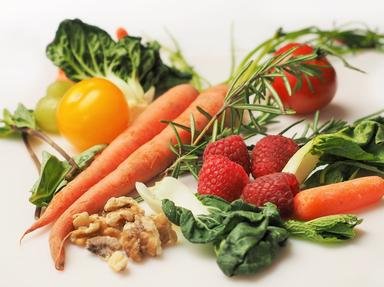Quiz Answer Key and Fun Facts
1. Which of these is a common feature of all legumes?
2. The common bean ('Phaseolus vulgaris') was used by Mesoamericans in a planting technique called "Three Sisters Planting". What three plants formed the basis of this technique?
3. Which East Asian legume is used to make tofu, among a wide variety of products?
4. "Found a peanut, found a peanut, found a peanut just now" is the opening line of a song popular with children of all ages. In what mountainous country is it thought that peanuts were first cultivated?
5. Which legume with lens-shaped seeds is cooked with rice to make the Indian dish khichri?
6. The Roman orator Marcus Tullius Cicero had a family name derived from the Roman word for a Middle Eastern legume. Which of these is it?
7. 'Vicia faba', the fava bean, is widely referred to in English by which of the following names?
8. One of my childhood favorite vegetable dishes was succotash - I loved the color combination produced by combining lima beans with what other vegetable?
9. Which of these legumes, originating in East Asia, is commonly used to make red bean paste?
10. The pod of which of these legumes is used to make treats for dogs, because it does not contain the alkaloid theobromine found in chocolate?
Source: Author
looney_tunes
This quiz was reviewed by FunTrivia editor
WesleyCrusher before going online.
Any errors found in FunTrivia content are routinely corrected through our feedback system.


